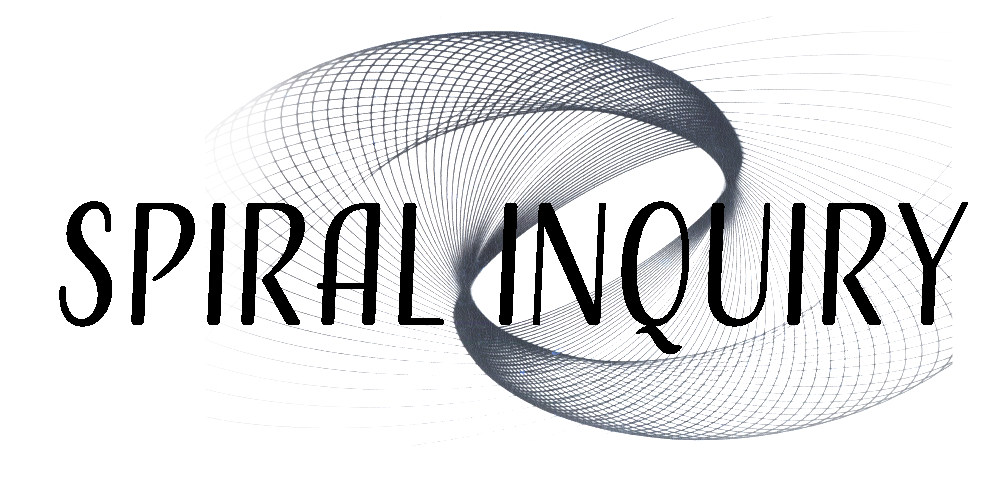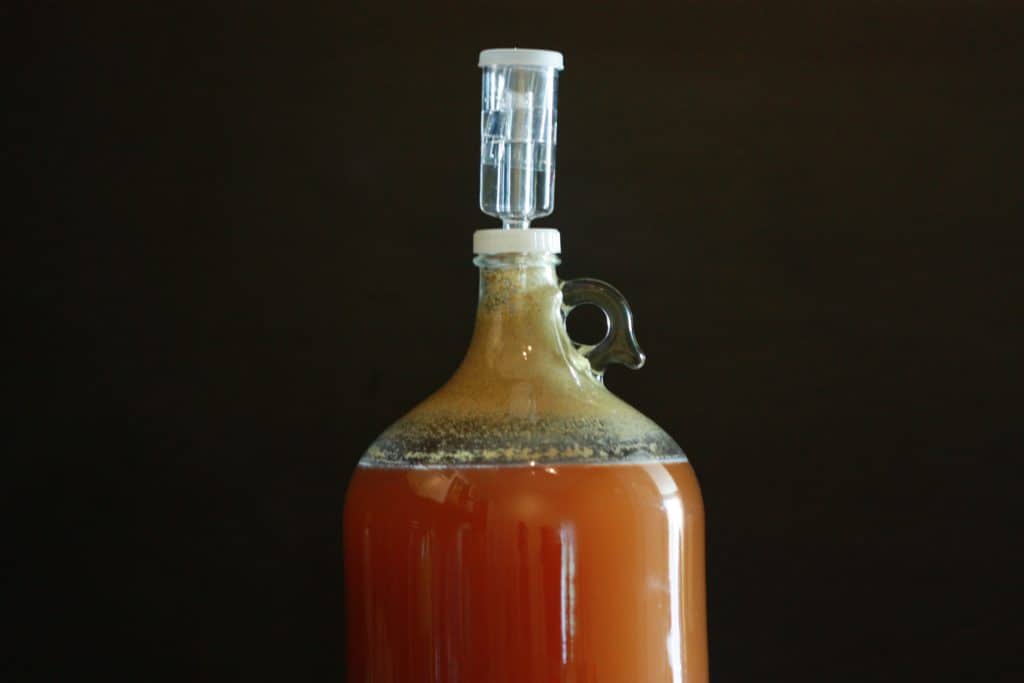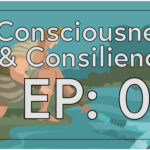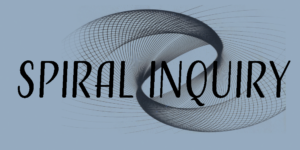The Future History of Beer, Wine and Cocktails | Long Now Boston
Presentations by Alex Murray [Legal Sea Food] and Tenzin Samdo [Café Art Science]
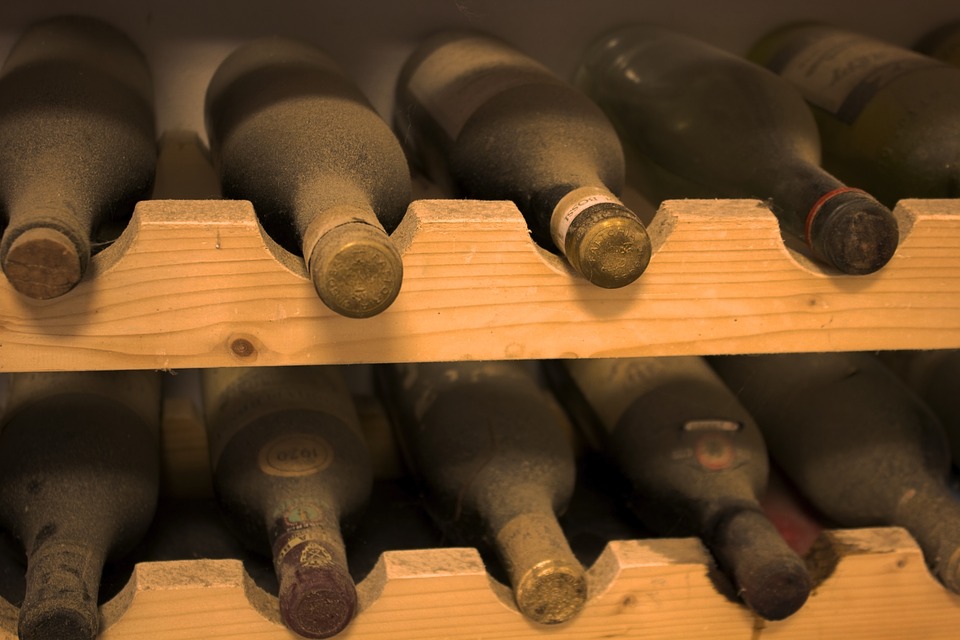
Old bottles of red wine in storage.
The Varieties and Importance of Alcoholic Beverages
Participants in Long Now Boston’s December Conversation at Café Art Science December 4, 2017, explored the deep histories of alcoholic technology, first discovered and broadly adopted 10,000 years in the past. Alcoholic libations, on the experiential level, reflect a complex and sophisticated layering of tastes, smells and sensations – an ephemeral, consumable art form. At the same time, however, they are intricately woven into the culture of the communities that mastered the technology, perfected the craft, and shared the product in communal practices and rituals extending through generations.
The three primary forms – beer, wine and distilled spirits – have somewhat different relationships to land and climate. Wine is highly place-dependent and embodies specific local qualities; grapes are heavy, not easily shipped, ripen annually and need to be processed immediately upon harvest. The ingredients of beer – wheat, barley and hops – are more easily stored and shipped. The brewer needs to add water but can produce product on a more continuous basis. Distilled spirits are the easiest to store and ship. As a consequence, the technologies, the costs and the cultures associated with the products vary. However, they are all undergoing rapid changes as a result of technological development, globalization, cultural transformations and, perhaps most significantly, global climate change. The future is uncertain, but the betting is that alcohol will continue to have an important role in the Long Now.
The Art of the Cocktail
Tenzin Samdo, Master Mixologist at Café Art Science, kicked off the evening with the story of his journey as a young Tibetan refugee transplanted into modern American culture. His early foundation in a family and community oriented culture driven to meeting the needs of others, and chance, led him to a varied career in hospitality and mixology. His passion is to provide consummate experiences of taste, smell, visual impression, conviviality and culture to the customer, drawing upon flavors from around the world and using the latest technological innovations. He ended with a demonstration of a cocktail chilled with liquid nitrogen (not diluted with ice), finished with a vapor cloud of Piña Colada flavor, topped with an edible, printed confection. You may not, however, drink one of Tenzin’s creations with a plastic straw; The Café is an adherent to the Last Plastic Straw campaign and offers a metal mixing spoon / straw.

Tenzin Samdo finishes masterful cocktail with Piña Colada cloud.
Beer and Wine: Cultural Art and Artifact in Place and Time
Alex Murray, Assistant Director of Beverage Strategy with Legal Sea Food, took us on a world tour of people and places that produce and consume beer and wine. Alex became fascinated in college with the culture around alcohol. He studied for a year in London and fell in love with the pub culture – social mixing with the lubrication of craft brewed beers. He spent his senior year in Paris and discovered that socializing most often involved going out to restaurants and enjoying food, wine and companionship. His mentor, a wine merchant, at a family dinner, opened a 1961 Chateaux l’Arrosse, and Alex has been on the quest for “the perfect glass of wine” ever since.
This journey included a front row seat to the evolution of American wine culture from the snobbism of the 1970’s, to the wide and pleasurable enjoyment of wine with dinner and friends. This transformation was facilitated by the shift to varietal labeling, by education and conversation (particularly between consumers and servers), as well as the popularized notion that red wine was a health food for the heart. Beer culture in the US has also evolved in the same time period, as the dominance of the big homogenous brands gave way to the popularity of microbrews and an immensely expanded flavor palate.
Alex spoke to the role of wine through history as a unique form of art. It requires a long-term commitment to the land, deep learning of viticulture technique and weather and mastery of the craft of fermentation and the skills of production and marketing. Yet the product of this art has a limited shelf life and must be consumed in order to be appreciated.
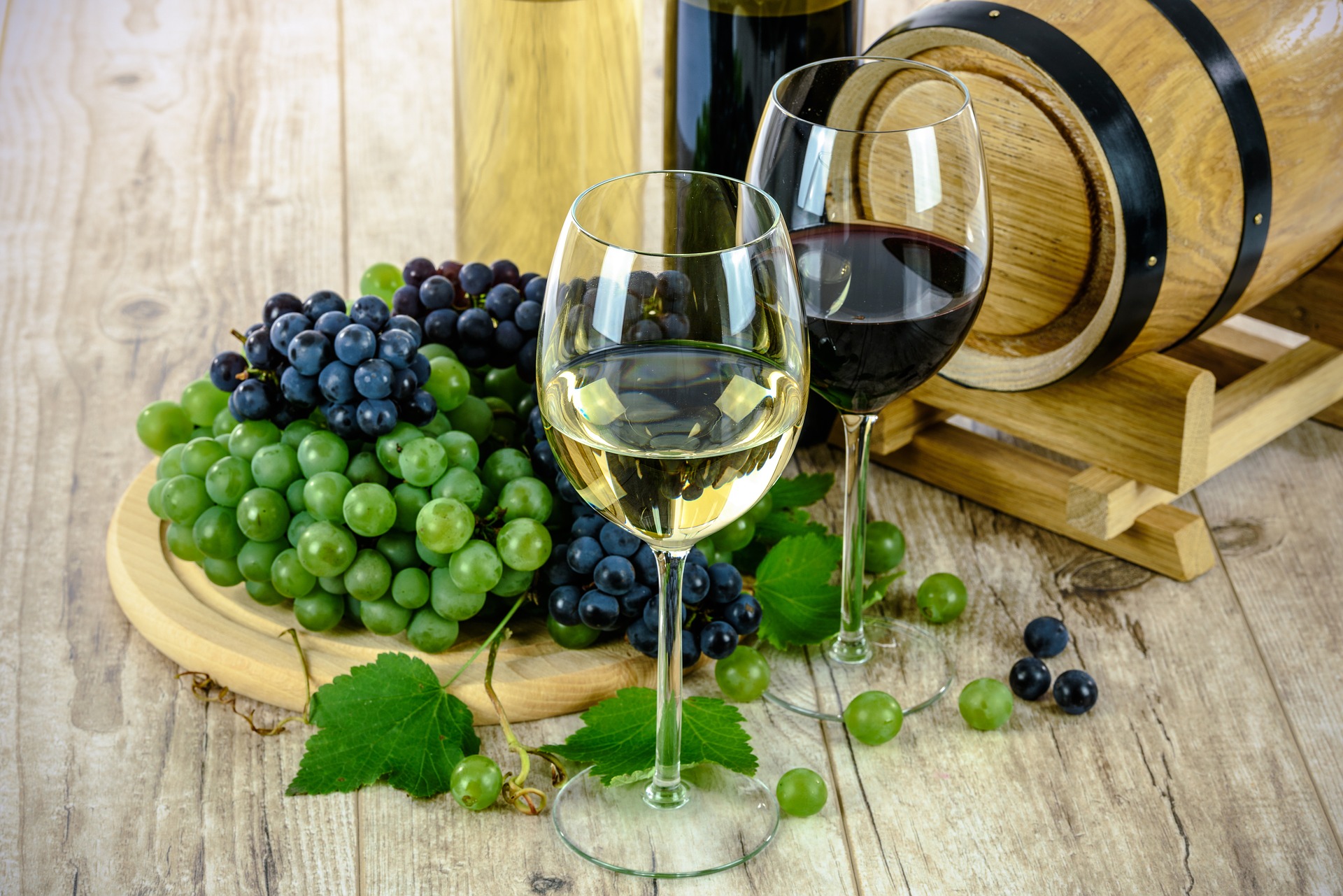
Grapes, fermenting barrel and wines ready to enjoy.
Wine and beer are bound tightly together with human culture, and yet the interconnections are layered across different time frames. In human evolutionary or geological terms, alcohol is a recent invention, one that accompanied, or perhaps promoted, the agricultural revolution that led to global civilization. In viticultural terms, it can take decades, or even centuries, for high quality wines to be produced, and these are highly specific to local factors – geography, weather, soil, and water. The science of wine (and beer) really began with Louis Pasteur’s identification of the agents of fermentation, and in the 20th century (and the 21st) our understanding of the incredibly complex chemistry and biology of wine and beer has continued to advance. In cultural terms, beer and wine have been an important accompaniment, but as we have seen, culture and fashion can change quickly. Similarly, the economics of wine and beer has changed rapidly with globalization and technological advances – leading to more variety, greater availability of better and more consistent products.
The future for alcohol looks good. But one huge question is how climate change will affect the industry. This question is not getting sufficient attention. Many growers are beginning to respond to early changes in climate – for example by altering the varieties they grow. But the industry has put no consistent effort towards mitigation or any collaborative response to the long-term threat of climate change.
Does genetic engineering have a role? There is a resistance to GMO, partly due to “tradition”, but also because of the uncertain and potentially unanticipated affect any modifications will have on flavor.
Have we seen the best days of the wine industry? This is uncertain – and if it is the case it is something we will only be able to judge in hindsight. The shifts can be subtle. The best vineyards have always had warmer years and cooler years, and they adjusted. Today they are tending to have more warm years. How this will evolve and how the grapes and the wine will be affected is unknown.
Conclusion:
As the Long Now Boston Conversation ended, it was clear that the technology and the cultures associated with beer, wine and cocktails do vary. Significantly, they are all undergoing rapid changes due to technological development, globalization and cultural transformations. Yet perhaps the most significant change yet to be addressed by the industry is global climate change.
The future is uncertain, but the betting is that alcohol will continue to have an important role in the Long Now.
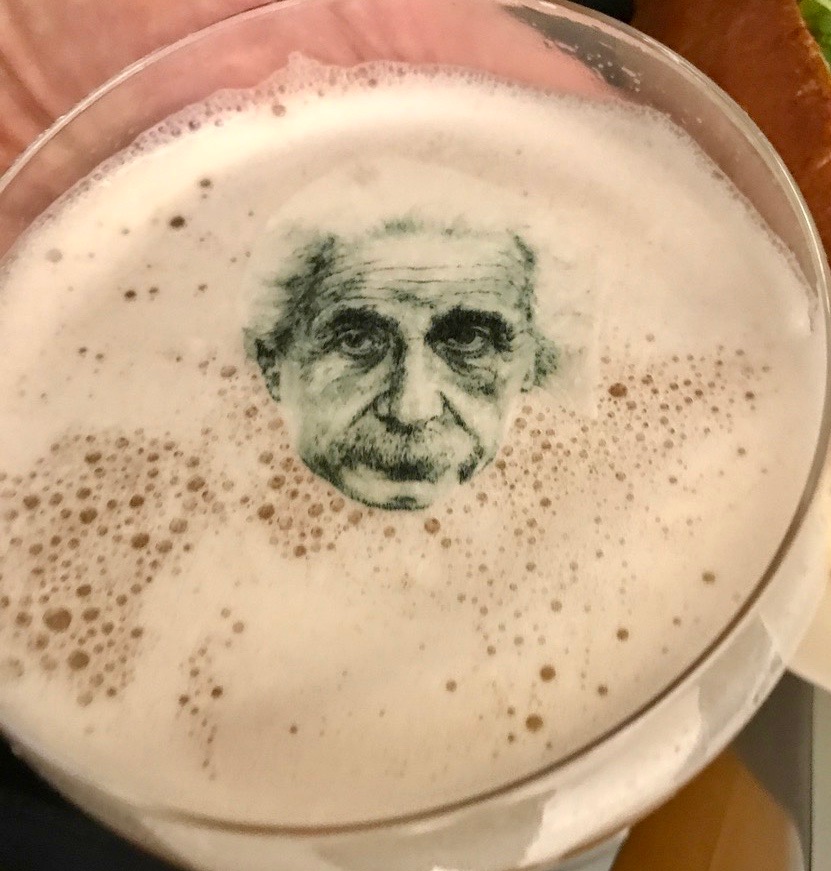
Café Art Science cocktail featuring Albert Einstein.
Photo credits:
Old bottles: http://maxpixel.freegreatpicture.com
Tenzin Samdo: by Paul Hoxie
Grapes and wine: https://pixabay.com
Cocktail: by George Gantz
